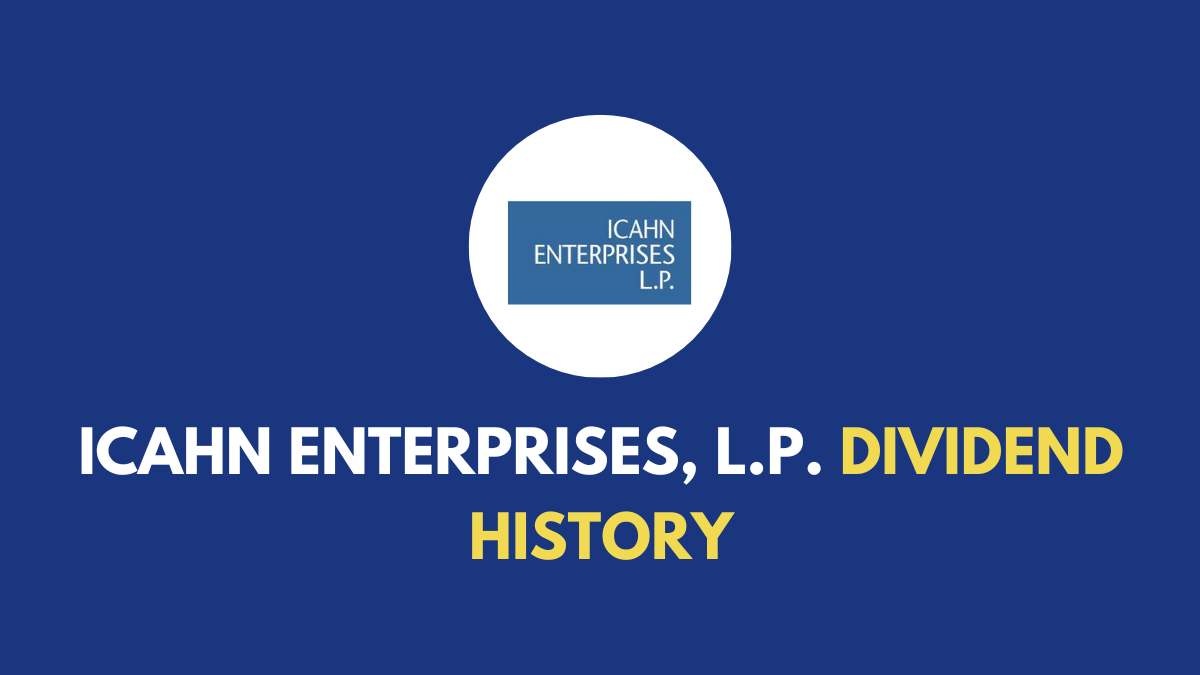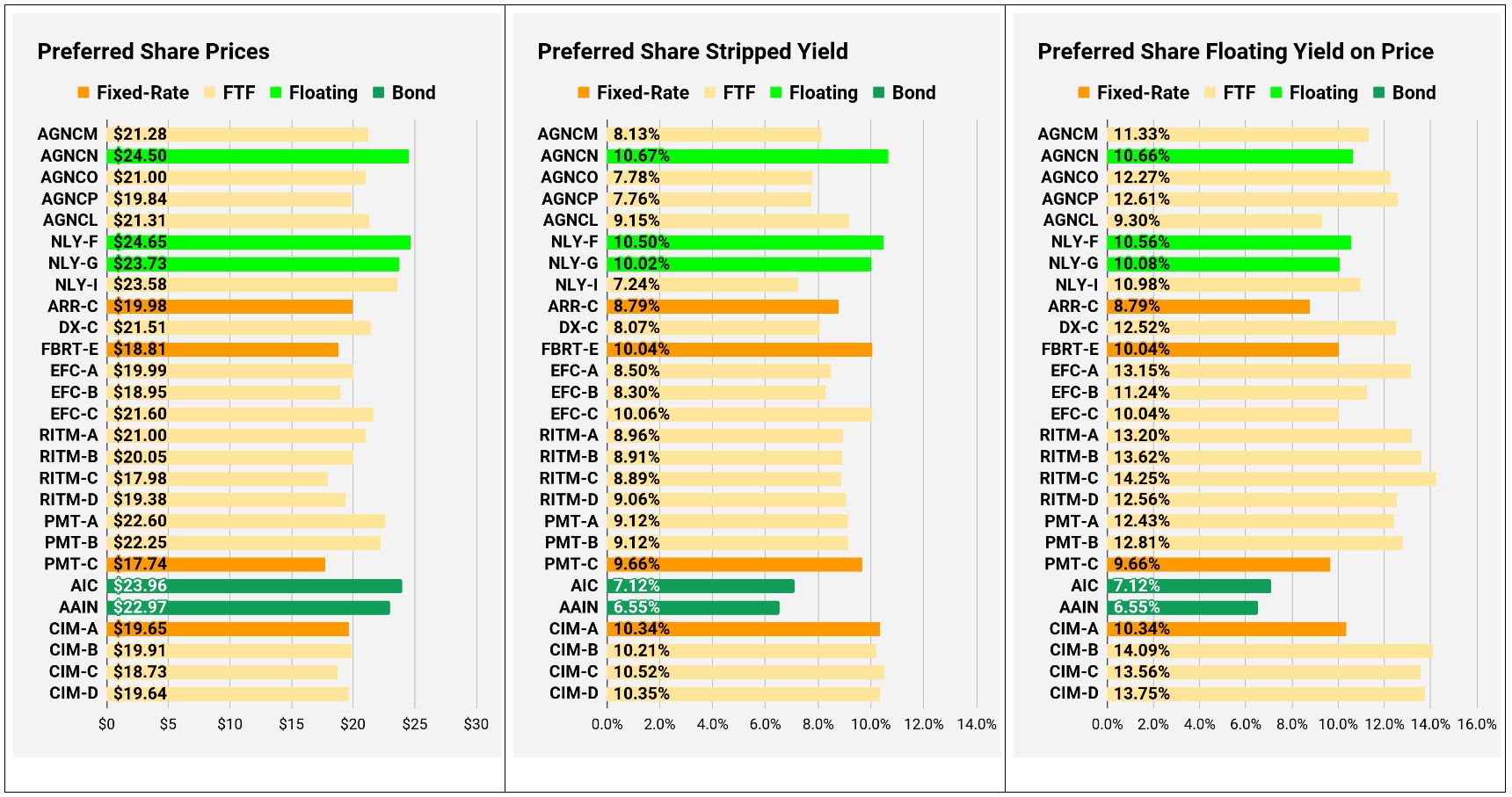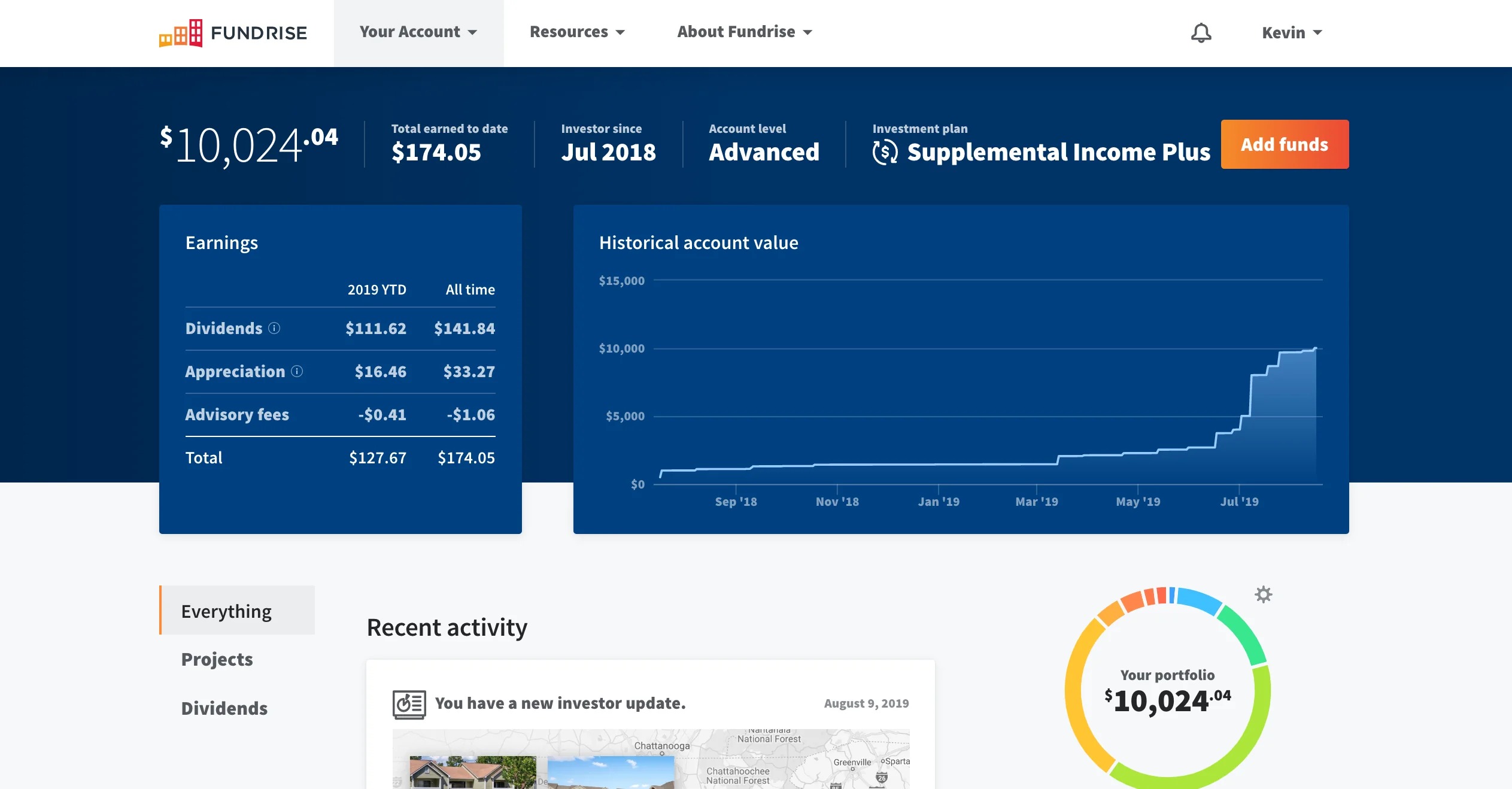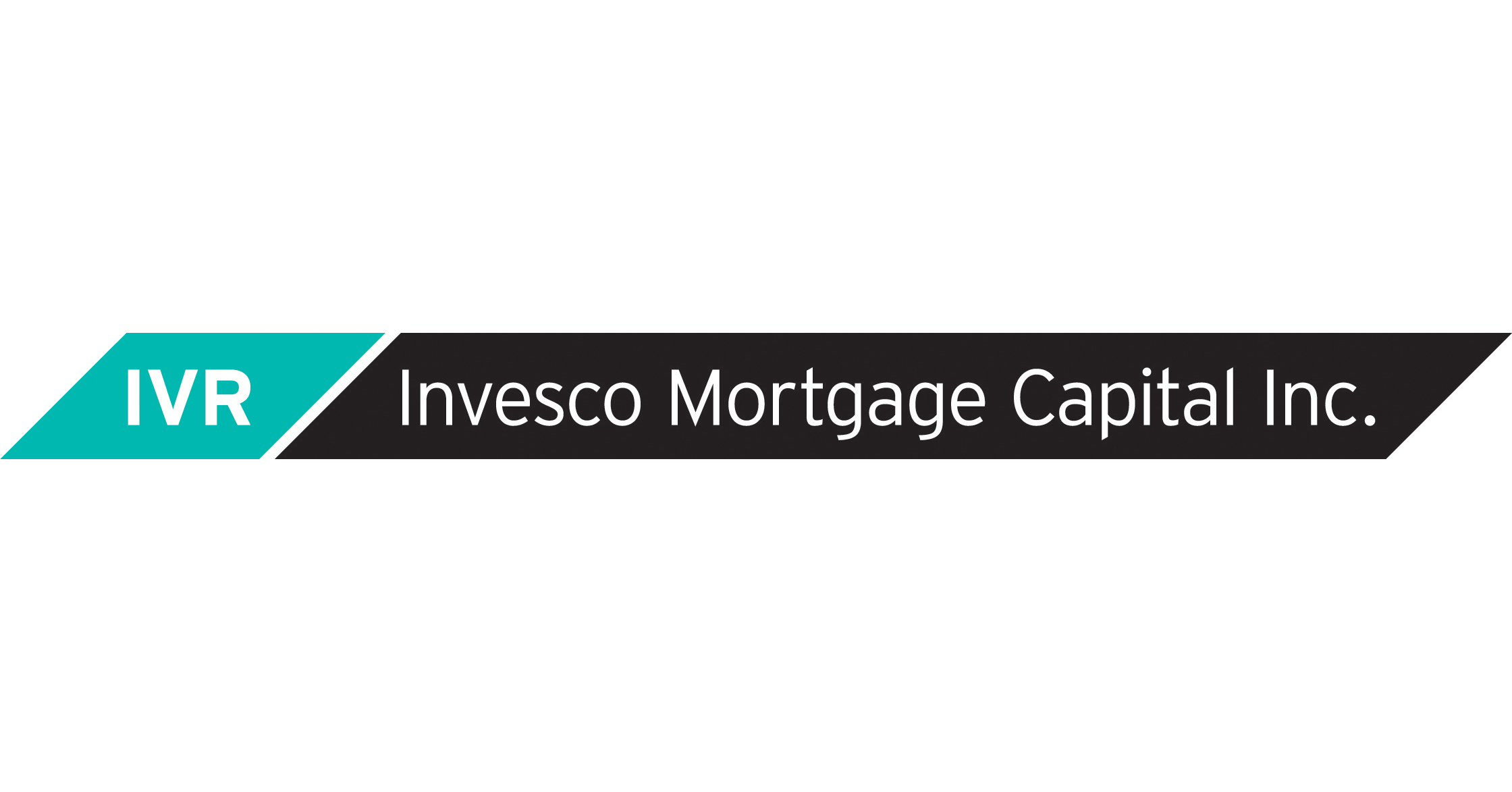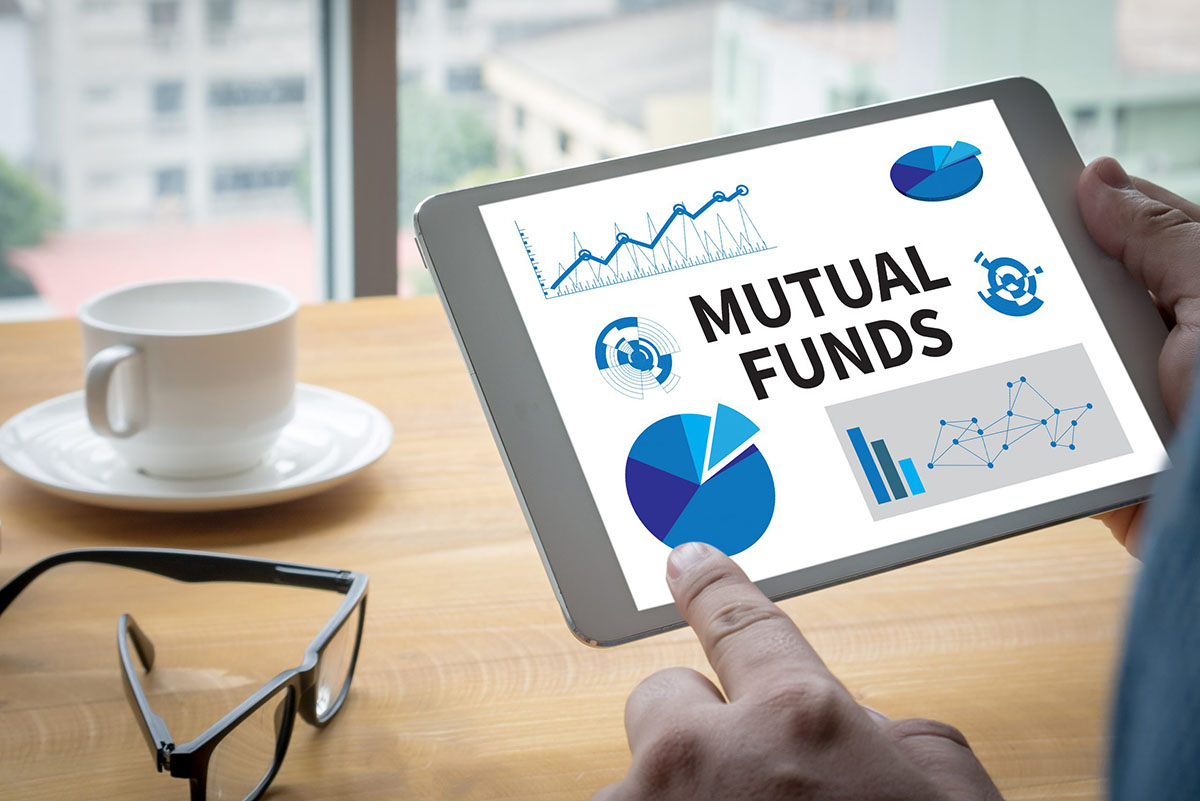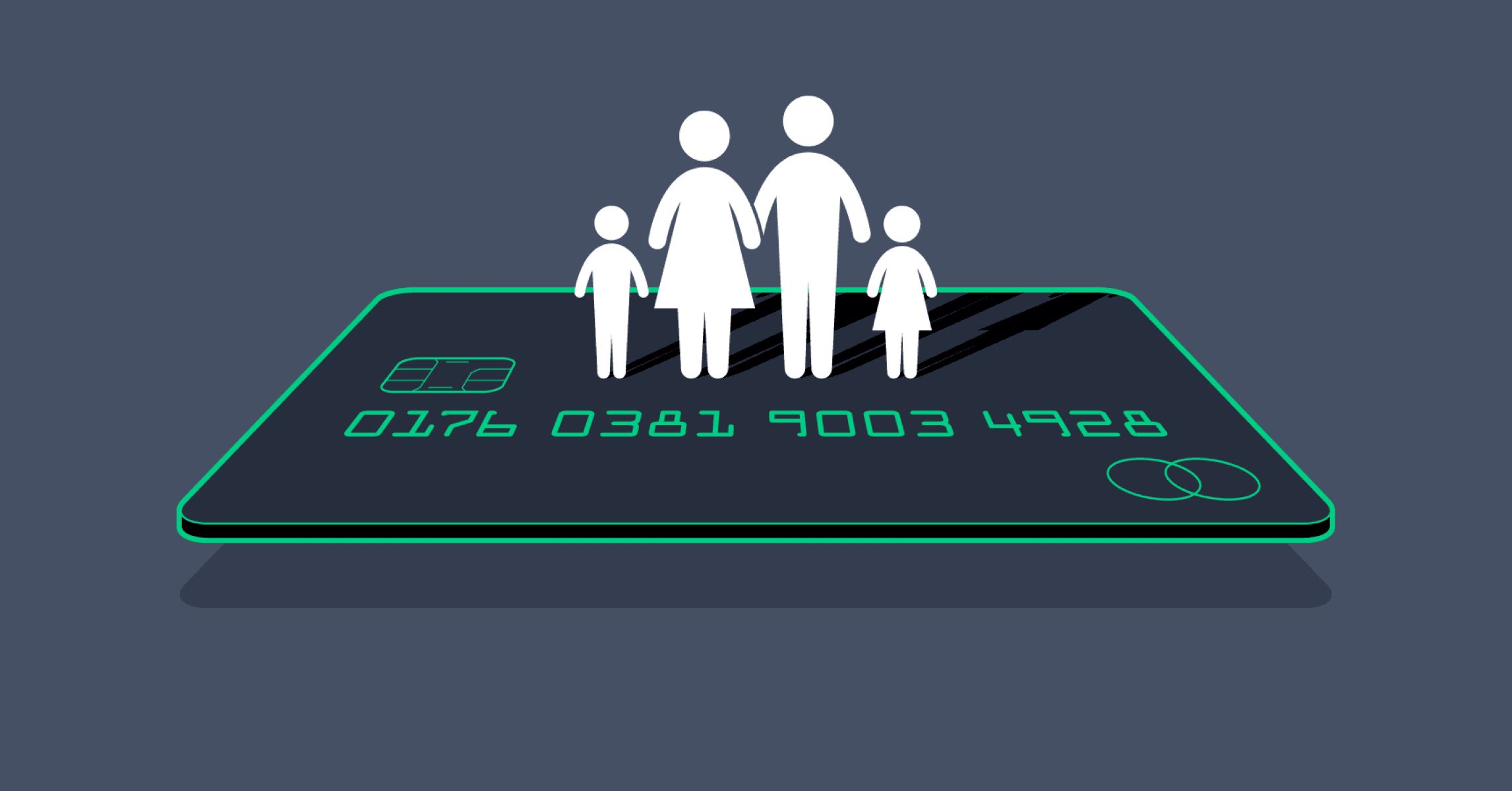

Finance
How Often Does Vanguard Pay Dividends
Published: January 2, 2024
Find out the frequency of Vanguard dividend payments and how they can boost your finances.
(Many of the links in this article redirect to a specific reviewed product. Your purchase of these products through affiliate links helps to generate commission for LiveWell, at no extra cost. Learn more)
Table of Contents
Introduction
Vanguard is a well-known name in the world of finance, offering a wide range of investment options to individuals and institutions alike. As an investor with Vanguard, you are likely to encounter the concept of dividends, which are a crucial aspect of generating income from your investments. Dividends are payments made by companies to their shareholders as a distribution of profits. They can provide a steady stream of income, making them an attractive option for investors seeking stability and long-term growth.
Understanding how often Vanguard pays dividends and the factors that influence these payments is essential for investors who rely on this income or wish to reinvest it for further growth. In this article, we will explore the frequency of Vanguard dividend payments, the factors that affect their distribution, and how you can access this information. Additionally, we will delve into the option of reinvesting dividends and the tax implications associated with Vanguard dividend payments.
By gaining a comprehensive understanding of Vanguard dividends, you can make informed decisions about your investments and optimize your financial goals. So, let’s dive into the world of Vanguard dividends and discover how they can contribute to your investment portfolio’s success.
Understanding Vanguard Dividends
Dividends are a form of distribution by a company to its shareholders, representing a portion of its profits. Vanguard, as an investment management company, facilitates the distribution of dividends to its investors based on the holdings in its various funds. As an investor in Vanguard funds, you become a shareholder and are eligible to receive dividends.
Dividends can be in the form of cash or additional shares of the fund, known as dividend reinvestment. Cash dividends are typically paid out quarterly or annually, providing investors with a steady income stream. On the other hand, dividend reinvestment allows investors to use the dividends earned to purchase more shares of the fund, thereby increasing their investment and potentially generating more returns in the long run.
Vanguard offers a wide range of funds, such as index funds and actively managed funds, each with its own dividend distribution policies. It’s important to understand the specific fund’s dividend policy and its historical track record to gauge the potential income from dividends. The dividend yield, which is expressed as a percentage, represents the annual dividend payment relative to the fund’s net asset value (NAV).
When considering Vanguard dividends, it’s crucial to keep in mind that dividend payments are not guaranteed and can vary over time. They are dependent on various factors, including the financial performance of the underlying companies in the fund’s portfolio, market conditions, and the fund’s investment strategy.
Now that we have a basic understanding of Vanguard dividends, let’s explore how often Vanguard pays dividends and the factors that influence these payments.
Dividend Payment Frequency
The frequency at which Vanguard pays dividends varies depending on the specific fund in which you are invested. Generally, Vanguard funds distribute dividends on a quarterly basis. This means that dividend payments are made every three months, providing regular income for investors.
However, it’s important to note that not all Vanguard funds follow the same dividend payment schedule. Some funds may choose to distribute dividends annually or semi-annually instead. The dividend payment frequency is determined by the fund’s investment objective, strategy, and the type of assets held in the portfolio.
For example, equity funds, which primarily invest in stocks, typically pay dividends on a quarterly basis. This is because many companies distribute their dividends quarterly, and equity funds pass on these payments to their investors. On the other hand, fixed-income funds, which invest in bonds and other debt securities, may distribute dividends more frequently, such as monthly or even on a daily basis, to reflect the interest income generated by the underlying securities.
It’s important to review the prospectus or the fund’s annual report to understand the specific dividend payment frequency for the fund you are invested in. Vanguard provides comprehensive information about each fund, including its dividend distribution policy, which can help you plan your income streams and financial goals.
Understanding the dividend payment frequency of your Vanguard investments is crucial for budgeting and managing your cash flow. By knowing when to expect dividend payments, you can effectively plan how to allocate the funds, whether it be for daily expenses, reinvestments, or other financial needs.
Now that we have explored the dividend payment frequency, let’s delve into the factors that can influence the dividend payments made by Vanguard funds.
Factors Affecting Dividend Payments
Several factors can influence the dividend payments made by Vanguard funds. Understanding these factors can help investors anticipate changes in dividend amounts and effectively manage their investment portfolios. Let’s take a closer look at some key factors that can affect dividend payments:
- Financial Performance: The financial performance of the companies held in a fund’s portfolio is a fundamental factor influencing dividend payments. If the companies in which a fund is invested perform well and generate profits, they are more likely to distribute dividends to their shareholders, including the fund itself. Conversely, if the companies experience financial difficulties or lower earnings, dividend payments may be reduced or eliminated.
- Market Conditions: The overall market conditions can also impact dividend payments. During periods of economic downturns or market volatility, companies may choose to conserve cash and reduce or suspend dividend payments to preserve capital. On the other hand, in times of economic growth and stability, companies may be more inclined to increase dividend payments.
- Interest Rates: Interest rates play a significant role, especially for fixed-income funds, as they directly affect the coupon payments received from bonds. When interest rates rise, the yield on newly issued bonds increases, potentially impacting the income generated by the fixed-income securities held in the fund’s portfolio. Consequently, this could influence the fund’s ability to distribute dividends at the same level.
- Fund Expenses: Expenses incurred by the fund, such as management fees and operational costs, can impact dividend payments. These expenses are deducted from the fund’s net asset value (NAV), which can affect the amount available for distribution as dividends. Higher expenses may result in lower dividend payments to investors.
- Tax Considerations: Tax considerations can also influence dividend payments. In certain cases, a portion of the dividend income received by the fund may be subject to tax obligations. The fund may need to set aside a portion of the dividend for tax liabilities, which can impact the dividend amount distributed to investors.
These are just a few key factors that can impact dividend payments from Vanguard funds. By staying informed about these factors and regularly reviewing the fund’s prospectus and reports, investors can make well-informed decisions and effectively manage their investment income.
Now that we have explored the factors that can affect dividend payments, let’s move on to understanding the Vanguard dividend schedule and how you can access dividend information.
Vanguard Dividend Schedule
The Vanguard dividend schedule outlines the specific dates on which dividend payments are made to investors. While the exact schedule may vary depending on the fund, Vanguard generally follows a regular dividend payment schedule.
For most Vanguard funds, dividend payments are made on a quarterly basis. This means that dividends are distributed to shareholders every three months. The specific dates for dividend payments may vary from year to year, but they typically fall in the months of March, June, September, and December.
It’s important to note that while Vanguard aims to distribute dividends on these quarterly dates, the actual payment dates may differ slightly due to weekends or market holidays. In such cases, the dividend payment may be adjusted to the next business day.
To stay updated with the Vanguard dividend schedule for a specific fund, you can refer to the fund’s prospectus, annual report, or visit the Vanguard website. Vanguard provides comprehensive information on each fund’s dividend distribution, including the payment frequency, historical dividend payments, and any changes in the schedule. This allows investors to plan and anticipate dividend income throughout the year.
Monitoring the Vanguard dividend schedule is especially important for investors who rely on dividend income for their financial needs or those who wish to reinvest the dividends into additional shares of the fund. By being aware of the payment dates, investors can effectively manage their cash flow or take advantage of dividend reinvestment opportunities.
Now that we have explored the Vanguard dividend schedule, let’s move on to understanding how you can access dividend information as an investor.
How to Access Vanguard Dividend Information
As an investor with Vanguard, accessing dividend information is essential to stay informed about the income generated from your investments. Vanguard provides several avenues for investors to access dividend-related information. Here are some ways you can stay updated:
- Vanguard Account: One of the easiest ways to access dividend information is through your Vanguard account. By logging into your account on the Vanguard website or through the mobile app, you can view detailed information about your investments, including dividend payments. You can see the dividend payment history, upcoming dividend dates, and the amount of dividends received for each fund you own.
- Vanguard Website: The Vanguard website offers a wealth of information for investors. You can visit the fund’s dedicated page on the Vanguard website to find specific details related to dividends. This includes the dividend distribution policy, payment frequency, and any recent changes to the dividend schedule. Additionally, you can access the fund’s prospectus or annual reports, which provide comprehensive information about dividend payments.
- Dividend Notifications: Vanguard also provides notifications to investors regarding dividend payments. These notifications can be received via email or through electronic statements sent to your Vanguard account. By opting in to receive these notifications, you can stay informed about upcoming dividend payments, ensuring you are aware of when the funds will be credited to your account.
- Customer Service: If you have specific questions about dividend information or need assistance, Vanguard’s customer service team is available to help. You can reach out to their customer service representatives by phone or through the secure message center on the Vanguard website. They can provide you with accurate and up-to-date information regarding dividend payments and address any concerns you may have.
By utilizing these resources, you can easily access dividend information related to your Vanguard investments. Staying informed about dividend payments allows you to track your investment income, plan your finances, and make well-informed decisions about reinvesting dividends or managing your cash flow.
Now that we have explored how to access Vanguard dividend information, let’s move on to the topic of reinvesting dividends with Vanguard.
Reinvesting Dividends with Vanguard
One of the options available to Vanguard investors is to reinvest dividends. Reinvesting dividends involves using the dividend payments received to purchase additional shares of the same fund or other eligible funds offered by Vanguard.
Reinvesting dividends can be a powerful strategy for long-term growth and compounding returns. Instead of receiving the dividend as cash, investors can choose to automatically reinvest the dividends back into their investment portfolio. This allows for the potential to accumulate more shares over time, which can result in a larger overall investment and potentially increased future dividend payments.
Vanguard offers a convenient dividend reinvestment service called the Dividend Reinvestment Plan (DRIP). Through the DRIP, investors can choose to reinvest all or a portion of their dividends into additional shares of the same fund or other eligible Vanguard funds on a regular basis. This service helps to automate the reinvestment process, making it easy for investors to grow their investments without the need for manual transactions.
To enroll in Vanguard’s DRIP, you can log in to your Vanguard account and navigate to the “Dividends and Capital Gains” section. From there, you can select the fund(s) you wish to reinvest dividends in and set your preferences for reinvestment. Vanguard allows for full or partial dividend reinvestment, giving investors the flexibility to customize their investment strategy based on their goals and needs.
By reinvesting dividends, investors can potentially benefit from the power of compounding returns. As more shares are acquired through dividend reinvestment, future dividend payments may increase, resulting in a snowball effect of wealth accumulation over time. Additionally, reinvesting dividends can help to diversify your portfolio and potentially enhance your overall investment returns.
It’s important to note that while dividend reinvestment can be a beneficial strategy, it may also have tax implications. When dividends are reinvested, they are still considered taxable income in the year they are received, even though they are reinvested rather than received as cash. Therefore, it’s crucial to consult with a tax advisor or review the IRS guidelines to understand the potential tax consequences associated with dividend reinvestment.
Now that we have explored the topic of reinvesting dividends with Vanguard, let’s move on to discussing the tax implications associated with Vanguard dividend payments.
Tax Implications of Vanguard Dividend Payments
When it comes to Vanguard dividend payments, it’s important to understand the tax implications associated with receiving dividends. Dividends received from Vanguard funds are generally subject to taxation, although the specific tax treatment may vary depending on the type of dividend and the investor’s individual circumstances.
Vanguard funds distribute dividends in two main categories: qualified dividends and non-qualified dividends. Qualified dividends are typically eligible for lower tax rates, similar to long-term capital gains rates. On the other hand, non-qualified dividends are taxed at the investor’s ordinary income tax rate, which is generally higher than the long-term capital gains tax rate.
The tax treatment of dividends depends on several factors, including the investor’s overall income, filing status, and the length of time the shares have been held. It’s important to consult with a tax advisor or refer to the IRS guidelines to fully understand the tax implications specific to your situation.
When you receive a dividend payment from a Vanguard fund, Vanguard will provide you with a Form 1099-DIV, which outlines the dividend income you have received in a tax year. This form is used to report your dividend income on your annual tax return.
If you choose to reinvest dividends through Vanguard’s Dividend Reinvestment Plan (DRIP), it’s important to note that the reinvested dividends are still considered taxable income in the year they are received, even though they are reinvested rather than received as cash. This means that you may have a tax liability even if you do not receive the dividend payments in cash.
It’s important to track and report all dividend income correctly when filing your taxes. Failing to report dividend income accurately may result in penalties and potential audits by tax authorities. It’s advisable to maintain proper records of dividend payments received and consult with a tax professional to ensure compliance with tax regulations.
Vanguard provides resources and information to help investors understand the tax implications of their dividend payments. You can access tax-related information from Vanguard’s website, including tax guides, FAQs, and educational resources to assist you in navigating the tax implications of your Vanguard dividend income.
By understanding the tax implications of Vanguard dividend payments, you can accurately assess your overall investment returns and ensure compliance with tax regulations, maximizing the benefits of your investments.
Now that we have explored the tax implications of Vanguard dividend payments, let’s conclude our discussion.
Conclusion
Dividends are a significant aspect of investing with Vanguard, offering investors a way to generate income from their investments. By understanding how often Vanguard pays dividends and the factors that influence their distribution, investors can make informed decisions and effectively manage their investment portfolios.
Vanguard pays dividends on a regular basis, with many funds distributing dividends on a quarterly schedule. However, it’s important to note that the dividend payment frequency can vary among different funds. Factors such as financial performance, market conditions, interest rates, and fund expenses can affect the amount and timing of dividend payments.
To access Vanguard dividend information, investors can utilize their Vanguard account, visit the Vanguard website, receive dividend notifications, or reach out to Vanguard’s customer service. Being aware of the dividend schedule allows investors to plan and manage their cash flow effectively.
Investors also have the option to reinvest dividends with Vanguard through their Dividend Reinvestment Plan (DRIP). Reinvesting dividends allows for potential long-term growth and compounding returns. However, it’s important to consider the tax implications associated with dividend payments and consult with a tax advisor to ensure compliance with tax regulations.
In conclusion, understanding Vanguard dividends and their payment frequency, accessing dividend information, and making informed choices about dividend reinvestment and tax implications are essential for investors seeking to maximize their investment returns and achieve their financial goals. By staying informed and making educated decisions, investors can navigate the world of Vanguard dividends with confidence.

